The Psychology of Yoga
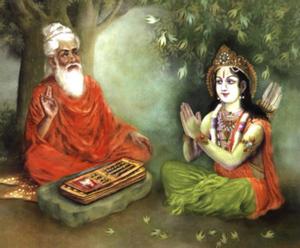 Introduction
Introduction
All ways are similar: they lead to nowhere… Does the way have a heart? If it does, it is a good way; if it does not, there is no sense in it. One way makes traveling joyful: no matter how long you may travel, you and your way are inseparable. The other way will make you curse your life. One way gives you power, the other one destroys you. (Carlos Castaneda. “The Teachings of Don Juan: A Yaqui Way of Knowledge”)
The notable peculiarity of Don Juan’s Teachings is the presence of thoughts which are simple for understanding and strong in point. “The way of the heart”: these two ordinary words being united give the sense of life. For thousands of years, people have been looking for the sense of their existence: they invent predestinations or state that life as it is has no sense, but there is a sense in the quality of its living. But everything genius is notable for its simplicity. The main features of the heart’s way are easiness and burst of energy. On the right way of life, there is no place for hesitation, breakdown, fear, ambitions. Difficulties inspire but do not drain one’s spirit. You feel what ‘living your own life’ means.

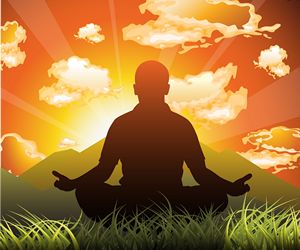 Yoga Philisophy. Part 1
Yoga Philisophy. Part 1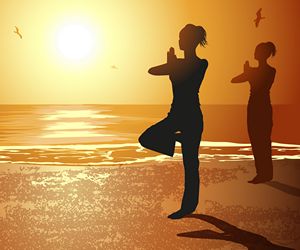
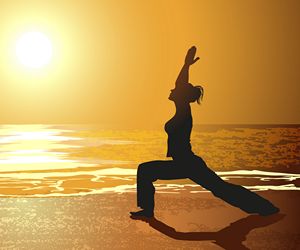 Yoga Philisophy. Part 3
Yoga Philisophy. Part 3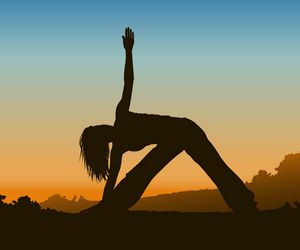 Yoga Philisophy. Part 4
Yoga Philisophy. Part 4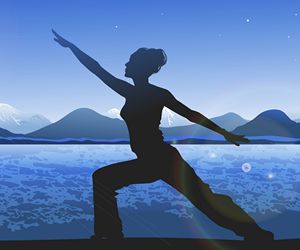 Yoga Philisophy. Part 5
Yoga Philisophy. Part 5 Yoga Philisophy. Part 6
Yoga Philisophy. Part 6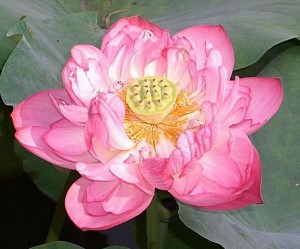 Yoga: History, Philosophy, Psychology. Part 1
Yoga: History, Philosophy, Psychology. Part 1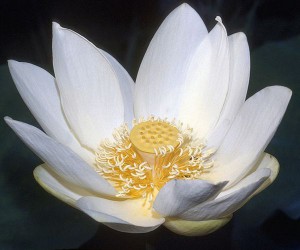 Yoga: History, Philosophy, Psychology. Part 2
Yoga: History, Philosophy, Psychology. Part 2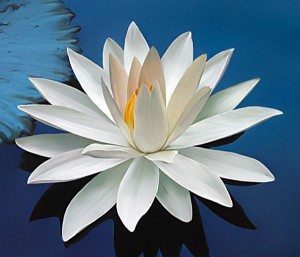 Yoga: History, Philosophy, Psychology. Part 3
Yoga: History, Philosophy, Psychology. Part 3